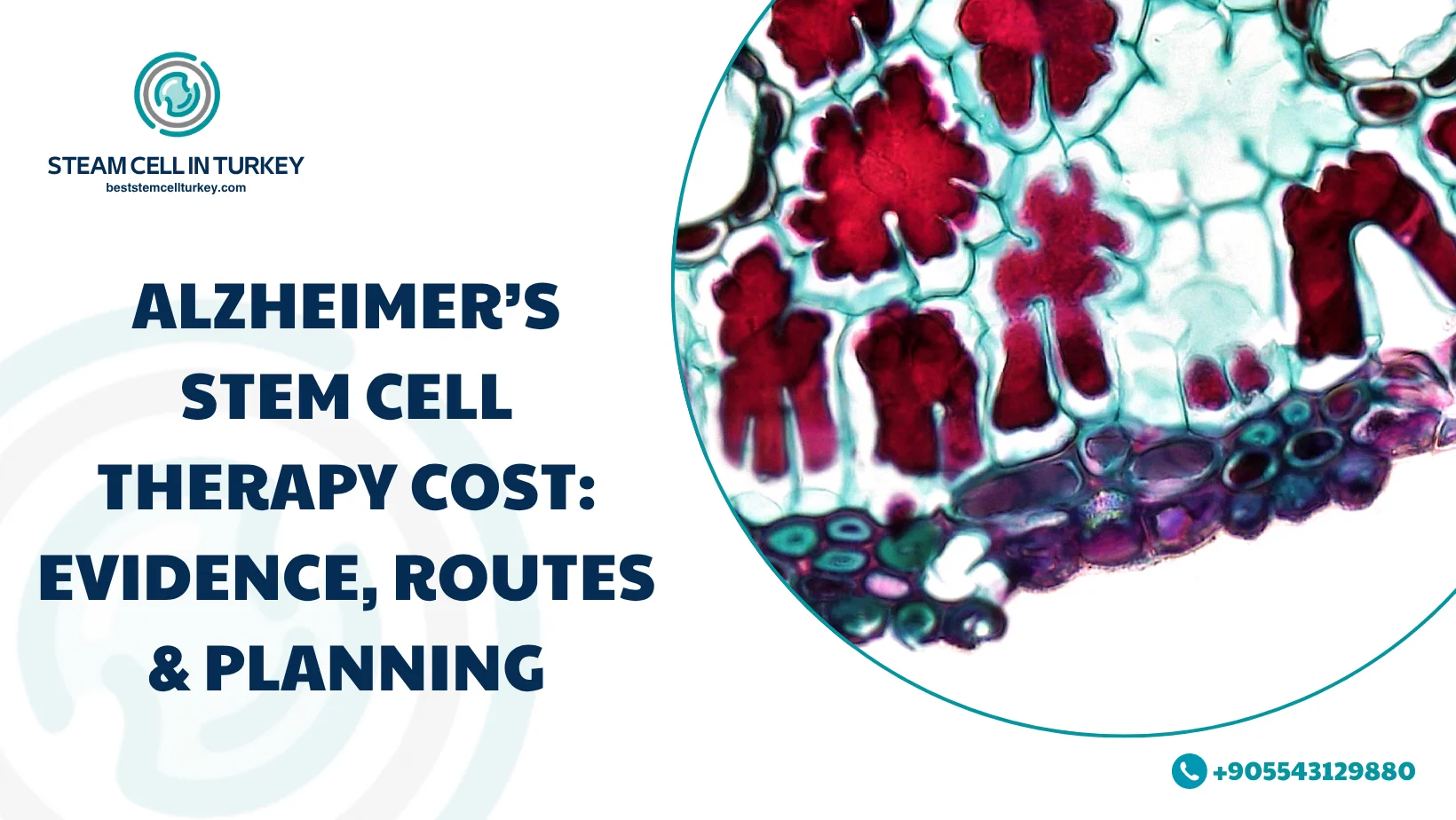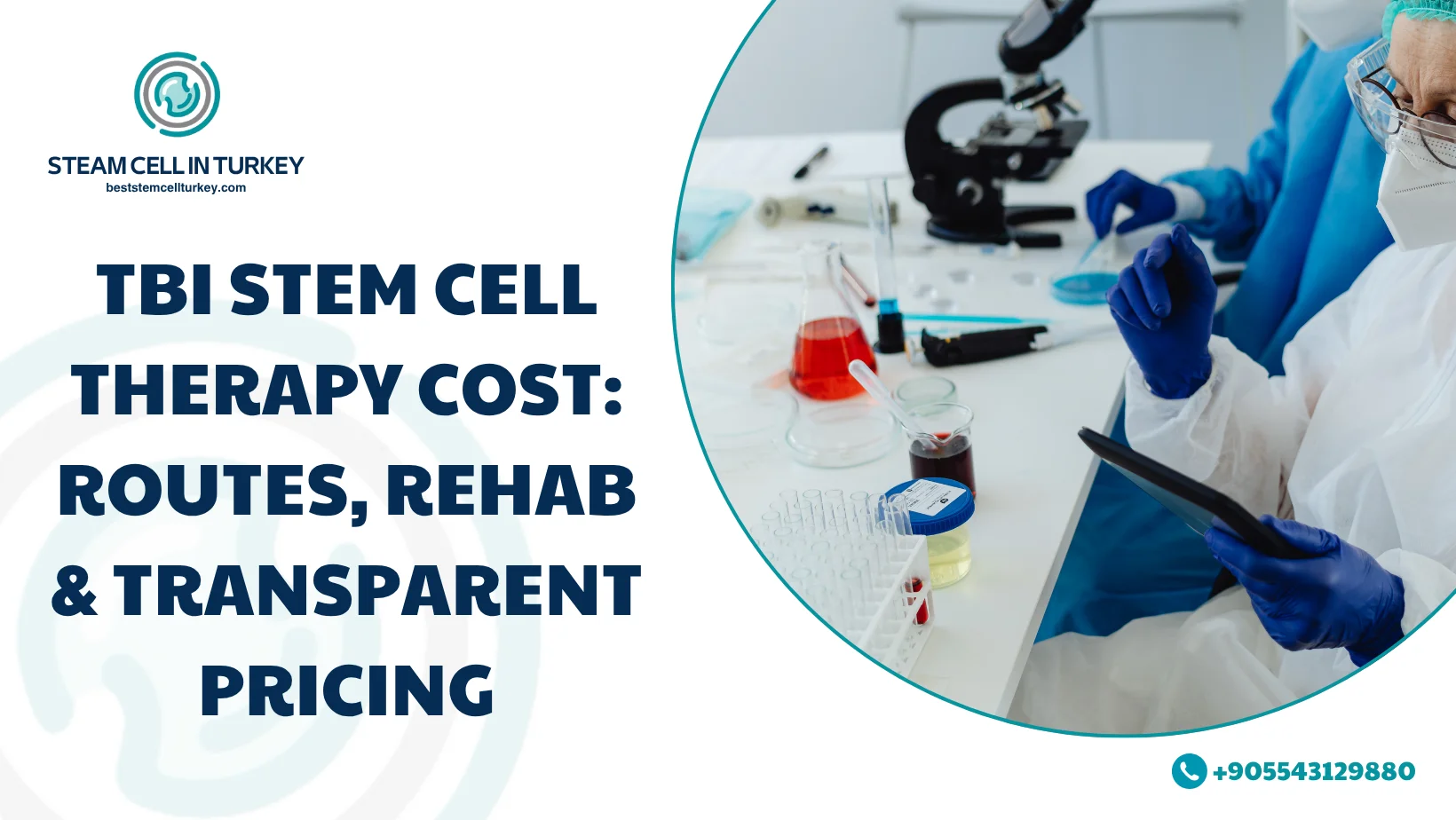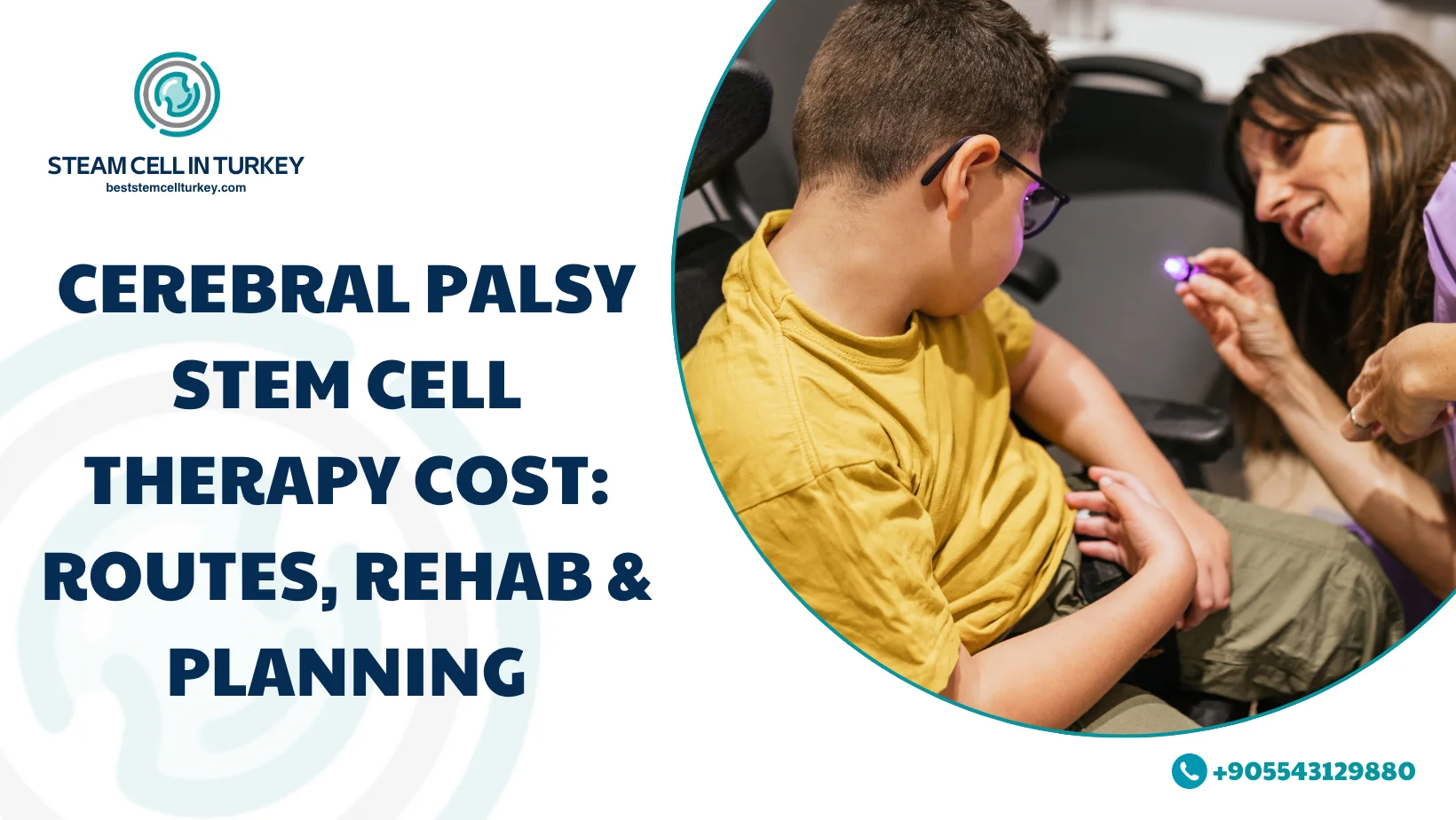Pricing Alzheimer’s Stem Cell Therapy Cost starts with clarity on what you’re actually buying: the therapy type (investigational neuron-replacement vs. supportive MSC programs), delivery route (IV/IA/IT/intracerebral), manufacturing quality (GMP + batch COA), and the intensity of cognitive/functional rehab wrapped around the procedure. This guide helps you compare quotes fairly, align expectations with science and regulation, and plan travel/financing without surprises.
What You’re Pricing (and Why Costs Differ)
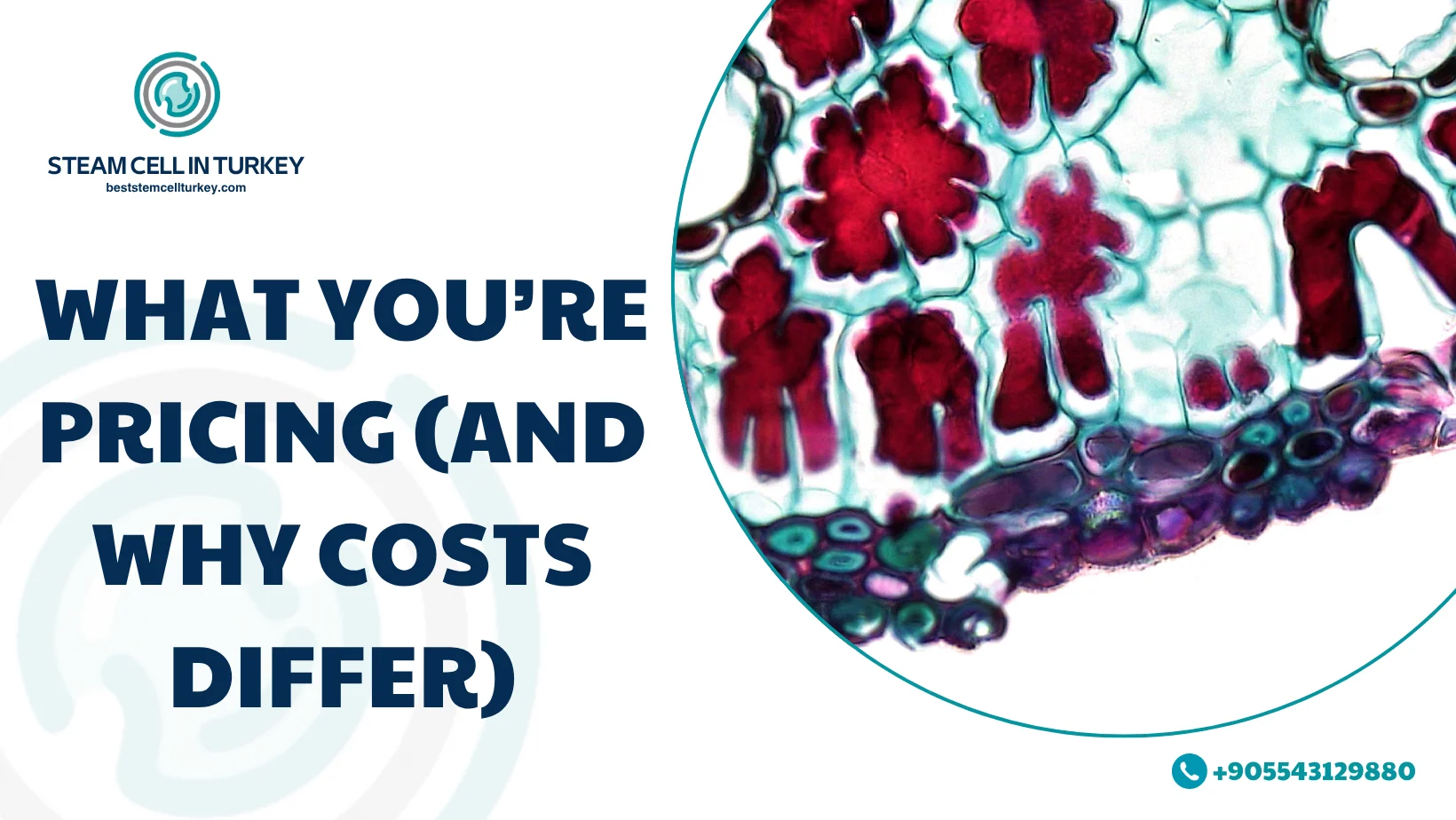
1) Investigational neuron-replacement programs
These attempt to support or replace dysfunctional neural circuits using cells derived from pluripotent sources (e.g., iPSC/ESC) or neural stem cells, sometimes targeted to cholinergic or other networks. Programs remain clinical-trial stage with evolving protocols. If a self-pay route is offered outside a formal trial, the quote will reflect:
-
Operating room (OR) time and neurosurgical delivery (intracerebral/intralesional).
-
Anesthesia and perioperative monitoring.
-
GMP product manufacturing with release testing; a proper COA should include identity, viability, sterility/endotoxin, mycoplasma, and cell count per vial.
-
Imaging (for targeting and safety).
Because ATMP-class products must meet strict quality expectations, the manufacturing line items are substantial, and the provider should show how they comply.
2) MSC (mesenchymal stromal cell) programs
MSC approaches are investigated for potential paracrine/immunomodulatory support (not neuron replacement). Evidence is preliminary; recent reviews emphasize promise alongside major unanswered questions in dosing, delivery, durability, and meaningful clinical endpoints.
Quotes are typically structured by dose (million cells) and number of sessions, and must include GMP paperwork and ISSCR-aligned consent (truthful claims, realistic endpoints, adverse-event plans).
Line-by-Line Cost Drivers
1) Workup & candidacy
-
Baseline neuro/cognitive staging (MoCA/MMSE), MRI/CT context, comorbidity/medication review, and fit with standard AD care (e.g., symptomatic therapies, biomarker workup, consideration of disease-modifying options where indicated). These steps clarify eligibility and reduce “surprises” later.
2) Cell product quality (non-negotiable)
-
GMP certificate (valid dates, scope) and batch COA listing identity markers, viability, sterility/endotoxin, mycoplasma, and cell count—plus storage/handling SOPs and chain-of-custody. You are entitled to read these documents before you pay. (Cell therapies are ATMPs in the EU; the same spirit of evidence and safety applies globally.)
3) Delivery route (changes facility time & price)
-
IV/IA (intra-arterial): session-based pricing; IA often requires cath-lab time and imaging staff.
-
IT (intrathecal, via lumbar puncture): typically a day-procedure; seen in some neuro research contexts under protocol oversight.
-
Intracerebral/intralesional: neurosurgical targeting under imaging; the highest facility/anesthesia cost and the strictest documentation.
Your written quote should justify the chosen route, outline risks/benefits, and specify the monitoring plan. (FDA consumer pages emphasize truthfulness and risk disclosure for any stem-cell offer.)
4) Dose & sessions
-
The quote should show dose per session and total cumulative dose (usually expressed in million cells), spacing (e.g., every 4–6 weeks), and any planned maintenance. This makes “per-session” numbers meaningful.
5) Cognitive/functional rehab & caregiver blocks (real value adders)
-
Cognitive rehab (strategies for memory, attention, executive function).
-
OT/PT for safety and function (transfers, fall-risk reduction, ADL/IADL routines), home modifications, driving/transport planning.
-
Caregiver training (medication systems, appointments, respite planning).
These hours materially affect outcomes and must be itemized; they are part of the product’s value proposition, not an afterthought.
6) Follow-ups
-
Milestones and tools (MoCA/MMSE trends, functional scales, caregiver burden screens), AE monitoring, and telehealth check-ins—spelled out in the proposal.
7) Travel & support
-
For medical travelers: airport transfers, hotel near the clinic/hospital, interpreter, companion lodging, and accessibility logistics.
Smart Quote Checks Before You Decide
Ask every provider for a written proposal that includes:
-
Includes/Excludes Table
Workup (neuro, imaging, labs), procedure(s), route (IV/IA/IT/intracerebral), imaging guidance, anesthesia/sedation, consumables/supplies, follow-ups, and rehab/caregiver blocks (hours per week). -
GMP & COA Packet
Current GMP certificate + batch COA (identity, viability, sterility/endotoxin, mycoplasma, cell count), storage/handling SOPs, and chain-of-custody. If the provider cannot show these, you should walk away. (EU ATMP framework is a helpful quality benchmark globally.) -
Regulatory Posture & Consent
Clear statements of approval status (investigational vs. approved), risks, alternatives (standard AD care, research registries), data collection plans, and no guarantees—aligned with FDA cautions and ISSCR guidance. -
Pricing Math You Can Verify
Cost per million cells (when relevant), number of sessions, route-related fees (cath-lab/OR/anesthesia), imaging guidance, and any bundle savings (rehab + travel + follow-ups). -
Adverse-Event (AE) Reporting
Written AE workflows and timelines, including FDA MedWatch instructions for U.S. patients and equivalents elsewhere.
Red flags: guaranteed outcomes; vague “per-session” pricing without dose/route; missing GMP/COA; pressure to wire funds before paperwork; presenting exosomes as “approved” (they’re not in the U.S.).
How Method Changes Cost & Logistics
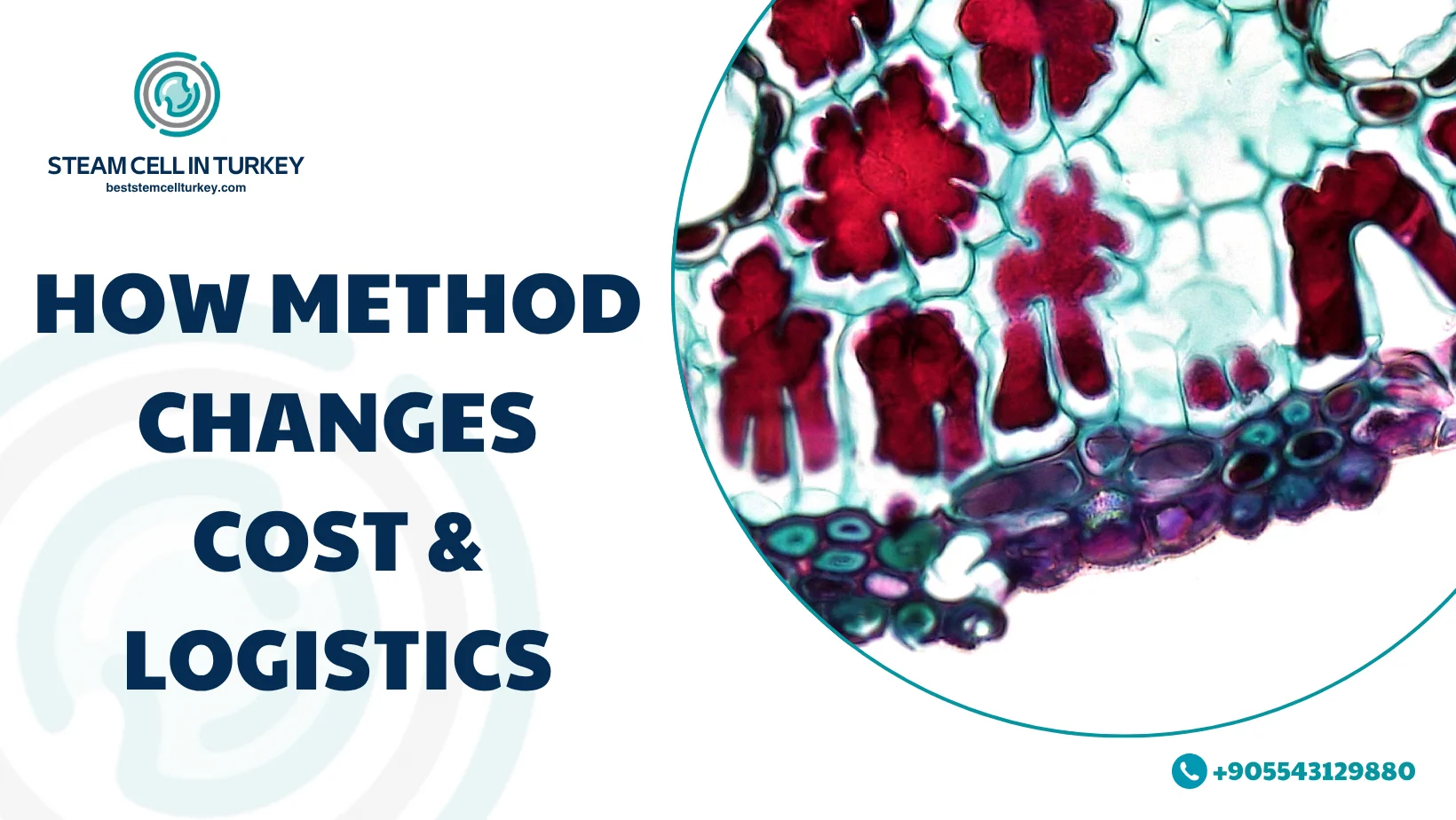
-
IV (intravenous) / IA (intra-arterial): Session-based with nursing/cath-lab resources; IA adds imaging time and interventional staff, which raises cost.
-
IT (intrathecal): Typically day-procedure; ensure sedation/analgesia strategy and post-LP monitoring are in the quote.
-
Intracerebral/intralesional: Neurosurgical implantation under imaging; highest up-front facility costs (OR time, anesthesia, ICU/step-down contingency).
There is no single “best” route—it depends on protocol goals, timing, risk tolerance, and the evidence base for that approach. Your plan should spell out the rationale and show route-specific safety controls.
Rehab & Caregiver Planning
Whether you pursue a cell-based approach now or simply want to optimize function, a rehab-first plan is the highest-value investment:
-
Cognitive therapy: memory notebooks, external cueing systems, attention/executive strategies, goal management training.
-
Function & safety: OT/PT for fall-risk reduction, transfers, gait/assistive mobility, ADL/IADL routines, home/environmental modifications.
-
Caregiver training: medication/appointment systems, behavior/cueing techniques, burnout mitigation, respite options.
-
Checkpoints: MoCA/MMSE trends, ADL/IADL scores, caregiver stress screens—and clear escalation pathways if function or behavior changes.
These elements should be line-itemed in your quote (hours, cadence, deliverables) so you can compare programs on more than a headline price.
Why Patients Choose Best Stem Cell Turkey
Choose documentation over hype. Pair verifiable GMP/COA with the right route, an evidence-informed rehab & caregiver bundle, and clear follow-ups—then lock your dates and payment path to start sooner and safer with Best Stem Cell Turkey .
-
Best price at the highest quality: globally competitive quotes with GMP-grade safeguards and batch COA you can review before you travel.
-
Route clarity: explicit IV/IA/IT/intracerebral plan, with imaging and anesthesia line-itemed and justified.
-
Rehab-first approach: cognitive/functional rehab + caregiver blocks are integrated, not bolted on.
-
Frictionless logistics: time-zone-smart scheduling, secure uploads, concierge travel, and 0%/low-APR paths (subject to eligibility).
→ Book a Free Consultation · See Financing · Compare Packages
FAQs about Alzheimer’s Stem Cell Therapy Cost

1) Why do Alzheimer’s stem cell quotes vary so much?
Because costs reflect therapy type (neurosurgical neuron-replacement vs. clinic MSC), route (IV/IA/IT/intracerebral), GMP manufacturing quality, and rehab/caregiver intensity—plus whether providers supply a real GMP + COA packet. (ATMP rules illustrate expected quality standards.)
2) Is stem cell therapy for Alzheimer’s proven?
Not yet. Recent reviews call the field promising but unproven in humans; more rigorous RCTs are needed. The Alzheimer’s Association says there is no evidence supporting stem cells for AD today.
3) Which route is best—IV, IA, IT, or intracerebral?
It depends on protocol goals and risk tolerance. Intracerebral delivery demands neurosurgery (higher cost); IV/IA/IT are used in investigational settings under strict oversight. Your plan should justify the route in writing and include risk controls.
4) What paperwork should I demand before paying?
A GMP certificate (scope/dates) and batch COA (identity, viability, sterility/endotoxin, mycoplasma, cell count), storage/handling, and chain-of-custody—plus consent aligned with FDA/ISSCR guidance and written AE reporting steps.
5) Can I finance or bundle travel and caregiver support?
Yes—use Financing for structured payments and Packages for transfers, hotel, interpreter, and caregiver logistics.
Medical Sources
-
FDA — Consumer Alert on Regenerative Medicine Products; Important Patient & Consumer Information (unapproved uses, risks, reporting). U.S. Food and Drug Administration+1
-
EMA — Advanced Therapy Medicinal Products (ATMP) Overview; ATMP glossary. EMA
-
Alzheimer’s Association (2024) — Research Using Stem Cells statement: no FDA-approved stem-cell therapy for AD; no completed studies warrant approval. Alzheimer’s Association
-
ISSCR — Guidelines for Stem Cell Research & Clinical Translation (2021) (official page + PDF). isscr.org+1
-
Frontiers in Neuroscience (2024) — Review of stem-cell approaches in AD: preclinical/early clinical status; need for larger RCTs. Frontiers
-
NIH/PMC (2024) — Open-access review summarizing current AD stem-cell research status and gaps. PMC
Ready to plan with confidence?
→ Book a Free Consultation
→ Explore Financing Options
→ contact with us via what’s up

